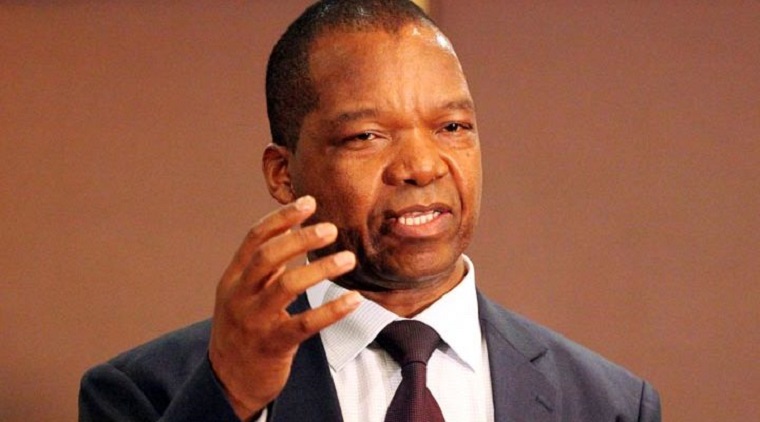 The Reserve Bank of Zimbabwe has slashed interest rates by 50 percentage points and increased the portion of earnings that exporters can keep in foreign currency, in new monetary policy measures announced by central bank governor John Mangudya yesterday.
The Reserve Bank of Zimbabwe has slashed interest rates by 50 percentage points and increased the portion of earnings that exporters can keep in foreign currency, in new monetary policy measures announced by central bank governor John Mangudya yesterday.
Here are highlights from the policy measures:
Interest rates
Interest rates have been cut from 200% to 150%. Mangudya says this is because he expects inflation to keep slowing down this year.
Said Mangudya: “In essence, the current high interest rates may present a risk of discouraging private sector borrowing in local currency and contracting economic growth in the medium to long term especially in the wake of the anticipated slowdown in global economic activity.”
For miners, Mangudya plays give and take
Previously, exporters, such as miners, could keep 60% of their export earnings in forex and sell 40% at the official rate. This meant they were losing value as the 40% was eroded by inflation. Exporters can now keep 75% of their earnings in forex.
Does this change go far enough for miners? Unlikely.
The Chamber of Mines had proposed that the retention level be moved to at least 80% so that miners can remain viable. Some companies want the scheme removed entirely, given rising costs. Power tariffs have gone up by 40% in USD, while suppliers now almost exclusively quote in forex.
In May 2021, The Ministry of Finance offered an incentive for gold producers; any miner that produced above its monthly average would keep 80% of what it earned from that increased portion. A bigger advantage was granted for companies that list on VFEX; they would be allowed to keep 100% of what they earn from the “incremental” output. This helped attract companies such as Caledonia and Padenga to VFEX.
But, this incentive has been dropped, as a trade-off for the higher 75% retention.
Local retention: marginal change
Foreign currency retention on domestic sales is now 85%. Previously, a business depositing forex in the bank had to sell 20% at the official rate. This is now 15%.
RBZ says: “This requirement shall apply to all foreign exchange deposits from domestic sales of goods and services, with the exception of deposits in respect of fuel sales, NGOs funds, free funds, and government funded projects and programmes.”
How much Zim earned in 2022
Zimbabwe earned US$11.6 billion in foreign currency in 2022, the highest forex inflows ever received in the country. Zimbabwe earned US$7.4 billion in exports, while Zimbabweans abroad sent home US$1.65 billion, 16% more than 2021. Exports account for 64% of Zimbabwe’s forex earnings and were up 16.5% from 2021.
Minerals still make up the bulk of Zimbabwean exports, accounting for 75.8%. Agricultural exports increased from US$784.7 million in 2021 to US$1,154.8 million in 2022, led by a bigger tobacco crop.
The move to USD
RBZ concedes that more and more people are using the US dollar, and not the Zimbabwe dollar. About 70% of domestic expenditure is now in USD. Foreign currency deposits and loans now make up about 65% of total banking sector deposits.
This backs a new household survey by Zimstat, released this week, which found that 76.56% of all transactions are now in USD. Many sectors, such as clothing and transport, have now almost completely dollarised, Zimstat reported.- NewZWire
Monetary Policy Statement at a Glance
Continued next page
(449 VIEWS)

